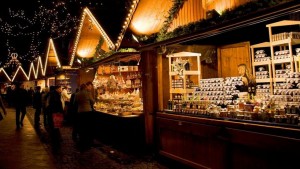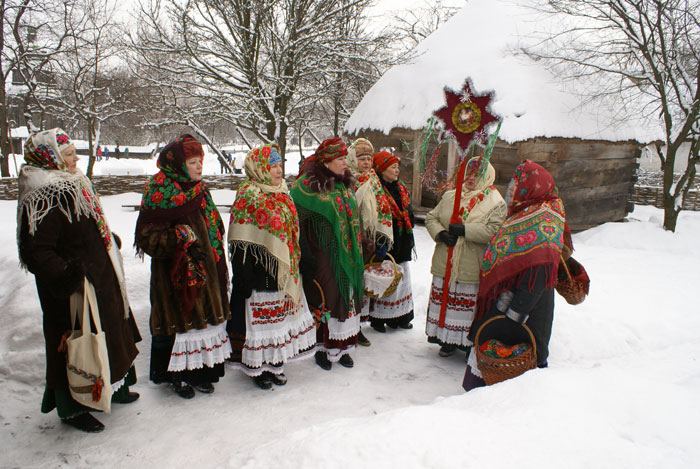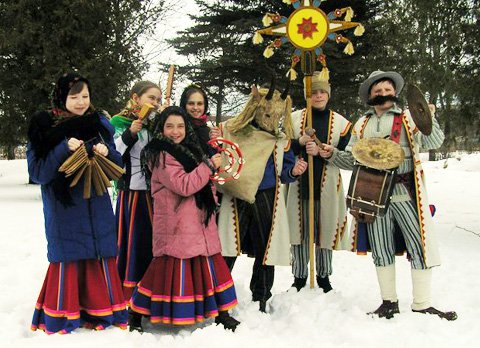
Winter is a special and generous season. It is difficult to imagine another season which would be so filled with holidays, magic and positive emotions. Not only children, but also adults wait for winter the whole year. Just let’s count how many holidays in winter. New Year Day, Christmas, St. Nicholas Day, St. Valentine Day. These holidays are known all over the world but every country has its own traditions. In this article you will learn how the modern New Year’s Day and Christmas are celebrated in Slavic countries.
New Year’s Day is one of the famous holiday in Ukraine and Russia. This holiday is more important for Slavic people than Christmas. Usually people begin to decorate their apartment with lights and of course buy a New Year Tree which is the symbol of this holiday. This holiday is for family, but often young people gather with friends for celebrating this magic night together. When the clock is striking twelve times, people are drinking champagne and making wishes. Then Father Frost puts presents under the New Year tree.

The next great holiday is Christmas. Nowadays this holiday becomes more and more popular among people. In Ukrainian culture people begin to celebrate Christmas on the sixth of January. At the table, the whole family usually gather together immediately after the appearance of the first star in the sky, which symbolizes the star of Bethlehem.

During this time you can hear special song – kolyadki ( Christmas carols). Groups of people who sing these carols are called Kolyadniki. They go from house to house with the “Star of Bethlehem” – the big star of gilded paper, decorated with a flashlight, paper garlands, sometimes with the icon, which is fixed on a stick. The most famous Christmas carol is”Shchedryk”, it is often heard also in American films. Also people pay attention to Christmas meal. On Christmas table have to be twelve dishes – in honor of the twelve apostles. The main dish on the table is lean Kutya – wheat or rice porridge mixed with poppy seeds, raisins, honey and nuts, as well as uzvar (stewed fruit).
Uzvar and Kutya have special, symbolic meaning.

Church and houses on Christmas are decorated with pine branches and pine trees, which symbolize eternal life. The tradition of decorating the Christmas tree came from the paradise tree, dressed up with bright fruit.
